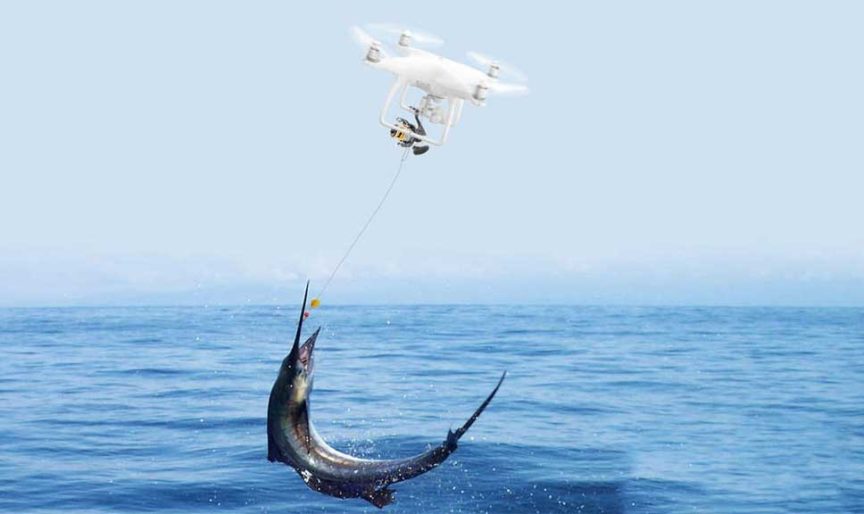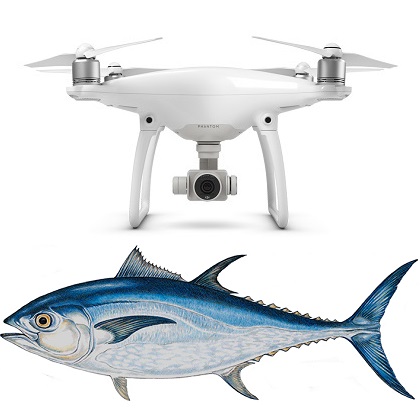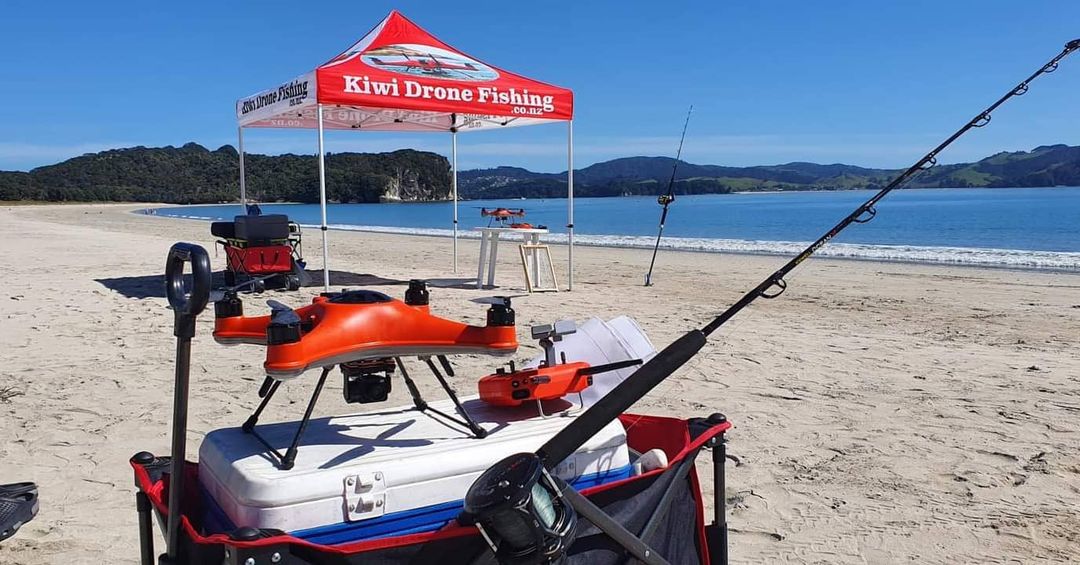
If you're considering using a drone for fishing, you'll likely want to learn more about the regulations. There are instructional videos showing you how to fly your drone to catch fish. You can also read our article about drone ethics. Here are some ethical concerns about drone fishing. Check out our guide for drone fishing gear.
Regulations for drone fishing
While watching a video of drone fishing for tuna on YouTube, you may wonder what the regulations are. There are several reasons to follow local laws, but in the end, the main concern is safety. To protect both your life and that of the fish, you must follow the correct laws. This article will provide information on the most important regulations that must be followed. Remember to adhere to the International Game Fish Association's rules.
Drones can't be flown over public areas, such as stadiums or sporting events. They cannot carry weapons or be within half a mile of a sporting event. Drone operators must also be able to view their aerial equipment at any time. Additionally, drones are not allowed to fly above people, stadiums, and critical infrastructure. You can check with your local law enforcement agency to learn more about drone fishing rules.

While most states have passed drone laws, there are still some states that have not. Recently, SB 2167 was passed in Illinois. The bill prohibits drones being used in state parks without permission. It also defines privacy rights and sets out the rules that drone operators must follow for both recreational and commercial purposes. It also prohibits drones from interfering or harassing hunters or other wildlife. These new laws are expected to be finalized in a few years.
Drone fishing raises ethical questions
Drone fishing isn't without controversy. Companies sell underwater drones that can fish for fish. Many drones have video content that shows the fishing process. It is very similar to casting a line at a fish. The process of taking a fish from water is different. People who are concerned about ethical issues in fishing might want to consider other options.
While drones have obvious benefits for fishing, some feel they cheat the fisherman. The sport of fishing has not changed significantly over the millennia. However, using drones to catch fish could change that and reduce the thrill of it. A drone's use can pose problems for conservation. Here are some ethical concerns to consider before using a drone in fishing.

Drone fishing is not a good option. It can damage the environment, and overfish endangered species. Some states may allow drones to be used in recreational fishing. However, others don't. There are many limitations to drone fishing. Drones that are cheap might not have the GPS functionality, lifting capacity or control range required. Second, drone fishing can lead to loss of fish if line tangles occur. Third, piloting can pose problems.
FAQ
Which US states allow drones?
A drone can be legally operated for recreational purposes. The Federal Aviation Administration (FAA), has established guidelines that allow the use of small unmanned aircraft systems (UASs). These UASs must first be registered with FAA to be allowed to be flown. Commercial operators can also fly these devices provided certain conditions are met by the FAA.
Is it safe to drive while flying a drone?
It is risky to fly a drone while driving. You could end up in an accident with another vehicle. You may also run into pedestrians and other animals. You could also damage your car if you hit power lines, trees, or other buildings.
What laws govern flying drones in the United States?
The Federal Aviation Administration (FAA), regulates drone operations in the United States. You must first obtain a FAA certification before you can operate a drone commercially. You must then complete a course on piloting skills and pass an examination. Final, you will need to pay a fee.
Is it necessary to have special training in order to fly a drone
No, you don’t need any special training in order to fly your drone. You only need a remote controller unit and basic knowledge about flight mechanics.
What is the difference of a quadcopter and an hexacopter, you ask?
A quadcopter is an four-rotor helicopter which flies in the same manner as a conventional helicopter. It is equipped with four rotors, each of which can rotate independently. A hexacopter is similar to a quadcopter except that it has six rotors instead of four. Hexacopters can be more stable and maneuverable that quadcopters.
What are the rules regarding drone operation?
Registering your drone with FAA is required. You will need to submit information about your drone including its weight and size as well as operating frequency. You will also need to get an FAA identification number.
Statistics
- According to Indeed, a drone pilot gets paid $25.73 per hour on average in the US. (dronesgator.com)
- According to ZipRecruiter, the minimum hourly wage of drone pilots is $20. (thedroneu.com)
- With the top 10% making over $100/h and the bottom 10% making as low as $10/h. (dronesgator.com)
External Links
How To
How To Fly Drones For Beginners
A drone is a remote-controlled aircraft used for aerial photography, cinematography, surveillance, scientific research, and hobby purposes. Drones have been in use since World War II. DJI's Phantom quadcopters became commercially available in 2010. Many types of drones have been made available since then, from beginner-friendly models such as the Parrot AR Drone 2.0, to high-end multi-rotor craft such as the DJI Mavic Pro.
There are several ways to fly a drone, including;
-
Remote control – This is when you attach a device to your hand that allows you to control the drone's flight path. There are two main types of controllers: On/Off switches (like a radio) and joysticks.
-
Manual Control – This method lets users remotely control the drone by using a smartphone app. You must keep track of the location where you want the drone to go and follow the instructions from the app.
-
Autonomous Flight: This means that the drone will take care of all the piloting. It's basically flying autonomously without any human intervention. To enable autonomous flight, the drone should have a built in camera and sensors capable recording images and data.
-
Triggered flight - This is similar to manual control except that the pilot sets up a preprogrammed route and the drone follows the route until it reaches its destination. After the program is complete, the drone automatically returns to the ground.
-
Landing Gear: Some drones have landing gear that allows them safely to land in case they lose power or run low on battery.
-
Goggles: Some pilots use goggles in order to protect themselves against debris when operating.
-
Camera - Some drones are equipped with cameras allowing you to capture photos and videos from above.
-
Obstacles – Some drones have obstacle avoidance systems that stop them from colliding with obstacles.
-
Speed – Some drones can reach speeds in excess of 40 mph.
-
Battery Life: Most drones have a battery life of between 20 and 30 minutes depending on how many power sources you use.
-
Some drones have a range of up to 30 miles, depending on their model.
-
Power source - Some drones require an external power source; others work off internal batteries.
-
Weight - Some drones are lighter than others, while some models can weigh as much as 4 pounds.
-
Size - Drones can range in size from tiny devices that can fit in your palm to heavy crafts that weigh 50 pounds.
-
Price - High-end drones can go for thousands of dollars, while low-cost models start at $100.